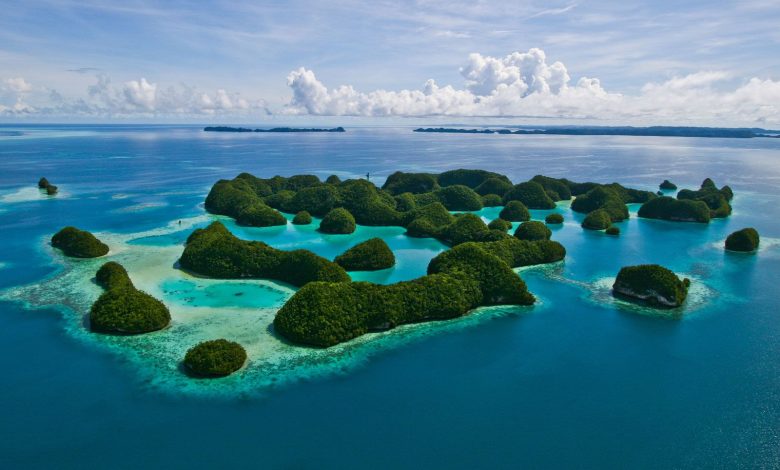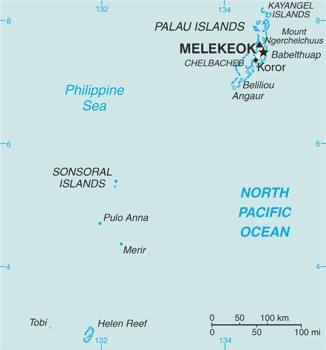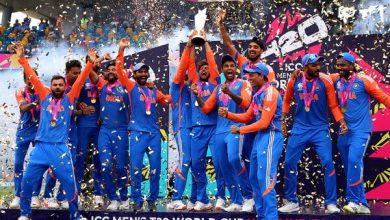Introduction And History of Palau: A Fascinating Journey


Credit: www.britannica.com

Credit: en.wikipedia.org
Introduction to Palau
Palau is a beautiful island country in the Pacific Ocean. It is known for its stunning beaches and clear waters. Palau is also famous for its rich culture and friendly people.
Palau consists of about 340 islands. These islands are spread over a large area of the ocean. The capital of Palau is Ngerulmud. It is located on the island of Babeldaob.
The official languages of Palau are Palauan and English. The country has a tropical climate. This means it is warm and humid all year round.
Palau is a great place for tourists. Visitors can enjoy activities like snorkeling, diving, and exploring nature. The islands are home to many unique plants and animals.
History of Palau
Early Settlement
The history of Palau dates back thousands of years. The first people to live in Palau were settlers from Southeast Asia. They arrived around 3,000 years ago.
These early settlers lived off the land and sea. They fished, hunted, and farmed. They also built homes and created tools from natural materials.
European Discovery
European explorers first arrived in Palau in the 16th century. The first recorded sighting was by the Spanish in 1543. However, it was not until the 18th century that Europeans began to visit regularly.
In 1783, an English ship called the Antelope was shipwrecked on one of Palau’s reefs. The ship’s captain, Henry Wilson, became friends with the local chiefs. This event marked the beginning of more frequent contact between Palau and Europe.
Colonial Rule
In the late 19th century, Palau became part of the Spanish Empire. However, Spain sold the islands to Germany in 1899. Germany ruled Palau until World War I.
After the war, Palau was taken over by Japan. Japan controlled the islands until the end of World War II. During this time, Palau became an important military base.
Post-world War Ii Era
After World War II, Palau was placed under the administration of the United States. This was part of a United Nations trust territory. The U.S. helped Palau develop its economy and infrastructure.
In 1979, Palau voted to become a self-governing nation. However, it took several more years to finalize its political status. In 1994, Palau became fully independent.
Modern Palau
Today, Palau is a peaceful and prosperous country. It has a stable government and a growing economy. Tourism is one of the main industries, attracting visitors from around the world.
Palau is also committed to protecting its environment. The country has established many marine protected areas. These efforts help preserve the natural beauty and biodiversity of the islands.
Culture of Palau
Palau has a rich and diverse culture. The people of Palau are known for their hospitality and friendliness. Traditional customs and practices are still important in daily life.
Traditional Dance And Music
Dance and music are an important part of Palauan culture. Traditional dances are performed at celebrations and ceremonies. These dances tell stories and honor ancestors.
Music in Palau often features traditional instruments. These include the “dugong” (a type of drum) and the “chell” (a type of flute). Modern music is also popular among the younger generation.
Art And Craft
Palauan art and craft are highly regarded. Traditional crafts include weaving, carving, and pottery. These crafts are often used to create beautiful and functional items.
Many of these items are decorated with intricate patterns and designs. These designs often have cultural and symbolic meanings.
Festivals And Celebrations
Festivals and celebrations are a big part of life in Palau. One of the most important festivals is the Independence Day celebration. This event takes place on October 1st each year.
Other important events include traditional ceremonies and religious holidays. These celebrations often feature dance, music, and feasting.
Traditional Clothing
Traditional clothing in Palau is colorful and unique. Men often wear loincloths called “tabeis.” Women wear skirts called “grass skirts” or “sul.”
These traditional garments are often worn during special occasions and ceremonies. In daily life, most people wear modern clothing.
Tourism in Palau
Tourism is a major industry in Palau. The islands are known for their stunning natural beauty and unique attractions. Visitors can enjoy a wide range of activities and experiences.
Snorkeling And Diving
Palau is one of the best places in the world for snorkeling and diving. The waters around the islands are crystal clear and full of marine life. Popular dive sites include the Blue Corner and Jellyfish Lake.
Exploring Nature
Palau has many beautiful natural areas to explore. These include rainforests, waterfalls, and limestone caves. Visitors can hike through lush landscapes and see unique plants and animals.
Historical Sites
There are many historical sites to visit in Palau. These include ancient stone monoliths and traditional village sites. Visitors can also learn about Palau’s history at local museums.
Relaxing On The Beach
Palau has many beautiful beaches to relax on. The white sandy shores and clear blue waters are perfect for swimming and sunbathing. Some popular beaches include Long Beach and Ngardmau Beach.
Frequently Asked Questions
What Is The Capital Of Palau?
The capital of Palau is Ngerulmud.
Where Is Palau Located?
Palau is located in the western Pacific Ocean.
When Did Palau Gain Independence?
Palau gained independence on October 1, 1994.
What Languages Are Spoken In Palau?
Palauan and English are the official languages.
Conclusion
Palau is a unique and fascinating country. Its rich history, vibrant culture, and stunning natural beauty make it a special place. Whether you are interested in exploring history, enjoying nature, or relaxing on the beach, Palau has something for everyone.
We hope this introduction and history of Palau has inspired you to learn more about this amazing destination. Plan your visit and experience the wonder of Palau for yourself!




